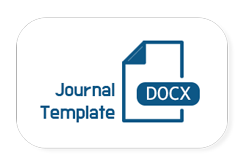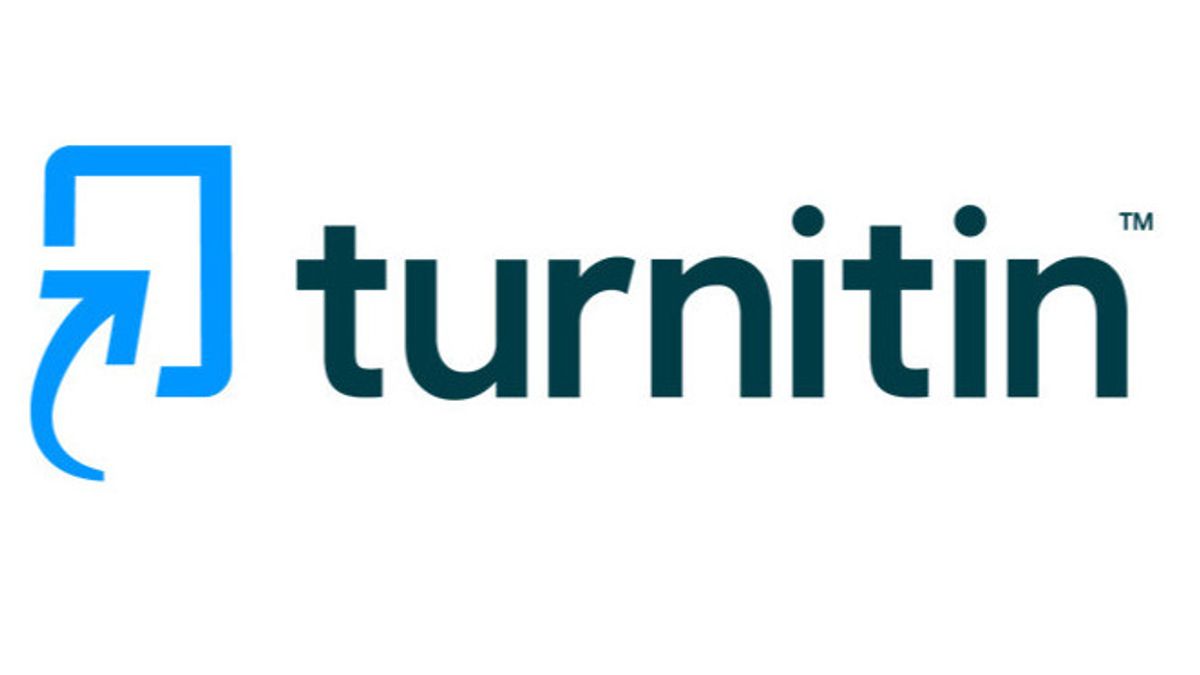Kajian Pemberian Beras Analog yang Disubstitusi Glukomanan Porang (A. oncophyllus) Terhadap Profil Darah Mencit yang Diinduksi Aloksan
DOI:
https://doi.org/10.30997/jah.v9i2.8316Keywords:
Keywords: Porang rice, glucomannan, blood profileAbstract
Porang rice is made from porang tubers (Amorphopallus oncophyllus) and waxy cassava and has a high glucomannan content and has a low glycemic index (<55). Porang rice has a slightly brownish white color and has a shape like grains of rice and contains fiber which can help the digestive process in the body. Provision of porang rice against diabetic can improve blood profile. This study aims to determine the effect of giving rice from porang tubers pn the blood profile of diabetic mice. The experiment was arranged in a completely randomized design (CRD) with the treatment of observing blood profiles. The study consisted of 4 treatments with 6 replications. The data obtained was tested for uniformity using the Bartlett test and the additional data was tested with the Tuckey test. Furthermore, the data were anlyzed using variance to obtain an estimator of the varience and determine the effect of the treatment, then the data were analyzed using the BNT test at the 5% level. The results showed that the effect of giving porang rice on the blood profile of alloxan-induced mice gave values for the number of erythrocytes (7,48 million/mm3), leukocytes (5,55 thousand/mm3), hemoglobin (15,14 g/dL), hematocrit (32,28%).
References
Anggraito, U.Y. (2018). Metabolit Sekunder dari Tanaman : Aplikasi Produksi. Penerbit Fakultas Matematika dan Ilmu Pengetahuan Alam. Universitas Negeri Semarang.
Baynest, H. W. (2015). Classification, Pathophysiology, Diagnosis and Management of Diabetes Mellitus. Journal of Diabetes & Metabolism, 06(05). https://doi.org/10.4172/2155-6156.1000541
CMIC (Chinese Medicine Industry Council) of Australia Ltd. (2020). Scheduling Evaluation Report: Application to Amend the Poisons Standard with Respect to Amygdalin and Hydrocyanic Acid for Human Therapeutic Use. Australia. Pp 31.
Donowarti, I., & muhandoyo. (2015). Uji in vivo tepung porang (amorphophallus mueri blume) sebagai bahan tambahan pangan pada mie basah untuk menurunkan kadar gula darah. Prosiding Seminar Hasil Penelitian Tanaman Aneka Kacang dan Umbi.
Fergiyanti, D.S.A. & Nangameka, Y. (2018). Analisis Faktor-faktor yang Mempengaruhi Perilaku Konsumen dalam Pembelian Beras IR-64 di Pasar Tradisional (Studi Kasus di Pasar Tradisional Kecamatan Panji Kabupaten Situbondo). Jurnal Ilmiah Agribos, 16(2), 39-48.
Gallaher C.M., Munion J, Hesslink R.J.R., Wise J & Gallaher DD. (2000). Cholesterol Reduction by Glucomannan and Chitosan is Mediated by Changes in Cholesterol absorption and Bile Acid and Fat Excretion in Rats. Journal Nutr, 130 (11), 2753-2759. https://doi.org/10.1093/jn/130.11.2753
Gandasoebrata, R. (1999). Penuntun Laboratorium Klinik. Penerbit Dian Rakyat. Jakarta. 159 Hlm.
Guyton, A.C & Hall, J.E. (2012). Fisiologi Kedokteran edisi ke 12. Penerjemah: Widjajakusuma MH dan Tanzil A. Jakarta. 612 Hlm
Hardianto, D. (2021). Telaah Komprehensif Diabetes Melitus: Klasifikasi, Gejala, Diagnosis, Pencegahan, Dan Pengobatan. Jurnal Bioteknologi & Biosains Indonesia (JBBI), 7(2), 304–317. https://doi.org/10.29122/jbbi.v7i2.4209
Hestiani, D. W. (2017). Faktor-Faktor yang Berhubungan dengan Kepatuhan dalam Pengelolaan Diet pada Pasien Rawat Jalan Diabetes Melitus Tipe 2 Di Kora Semarang. Journal of Health Education, 2(2), 137–145. https://doi.org/10.30867/gikes.v2i2.258
Hidayat, W., Isroli, & R.R.E. Widiastuti. (2013). Kadar hemoglobin, hematokrit, dan eritrosit burung puyuh jantan umur 0-5 minggu yang diberi ransum tambahan kotoran walet dalam ransum. Jurnal Anim, 2(1), 209-216. https://www.neliti.com/id/publications/183523/kadar-hemoglobin-hematokrit-dan-eritosit-burung-puyuh-jantan-umur-0-5-minggu-yan
Metha, A. & Hoffbrand, V. (2006). At a Glance Hematologi Edisi Kedua. Penerbit Erlangga. Jakarta.
Mohamed, J. (2016). Mechanism of diabetes-induced liver demage, the role of oxidative stress and inflammation. Jurnal Medical SQU, 16(2), 132-141. https://doi.org/10.18295/squmj.2016.16.02.002
Reeves, P. G., Nielsen, F. H., & Fahey, G. C. (1993). AIN-93 purified diets for laboratory rodents: Final report of the American Institute of Nutrition ad hoc writing committee on the reformulation of the AIN-76A rodent diet. Journal of Nutrition, 123(11), 1939–1951. https://doi.org/10.1093/jn/123.11.1939
Rias, Y.A. & Sutikno, E. (2017). Hubungan antara Berat Badan dengan Kadar Gula Darah Acak pada Tikus Diabetes Mellitus. Jurnal Wijaya , 4(1), 72-77. https://ojs.iik.ac.id/index.php/wiyata/article/view/149
Santos, E.W., Dalila, C.O., Oliveira, D.C., Araceli, H., Silva, G.B., Oliveira Beltran,J.S., Maristela, T., Amanda, R.C., Silvania, M.P.N., Ricardo, A.F., & Primavera, B. (2016). Hematological and biochemical reference value for C57BL/6 Swiss Webster and balb/c mice. Brazilian Journal of Veterinary Research and Animal Science, 53(2), 138-145. https://doi.org/10.11606/issn.1678-4456.v53i2p138-145
Sitasiwi, A. J., & Sri, I. (2017). Kadar hemoglobin dan jumlah eritrosit mencit (mus musculus) jantan setelah perlakuan dengan ekstrak etanol daun nimba (azadirachta indica). Jurnal Buletin Anatomi dan Fisiologi, 2(2), 161-163. https://doi.org/10.14710/baf.2.2.2017.161-167
Sloane, E. (2004). Anatomi dan Fisiologi untuk Pemula. Penerbit Buku Kedokteran ECG. Jakarta.
Soelistijo, A. S. (2021). Pedoman Pengelolaan dan Pencegahan Diabetes Melitus Tipe 2 Dewasa di Indonesia. Penerbit PB. Perkeni.
Soetrisno. (1987). Diktat Fisiologi Ternak. Fakultas Peternakan Unsoed. Purwokerto.
Subeki, Muhartono, & Huzna, N. C. (2020). Siger Rice Made from Cassava (Waxy) as Rice Which is Recommended for Diabetics. Health Biotechnology and Biopharma, 4(2), 70–79. https://www.healthbiotechpharm.org/article_133120.html
Subeki, Sartika, D., Utomo, T. P., & Inke, L, A. (2021). Beras Analog Rendah Gula Berbasis Ubi Kayu Ubi Kayu (Manihot Esculenta) Klon Waxy. Paten No. 500202109630.
Tim BPPP. 2012. Inovasi Teknologi untuk Ketahanan Pangan dan Kesejahteraan Petani. Badan Penelitian dan Pengembangan Pertanian. Jakarta. 472 hlm.
World Health Organization. 2016. Global Report on Diabetes. World Health Organization.
Downloads
Published
How to Cite
Issue
Section
License

This work is licensed under a Creative Commons Attribution-ShareAlike 4.0 International License.
Authors who publish with Jurnal Agroindustri Halal agree to the following terms:
- Authors retain copyright and grant the journal right of first publication with the work simultaneously licensed under a Creative Commons Attribution 4.0 International License that allows others to share the work with an acknowledgement of the work's authorship and initial publication in Jurnal Agroindustri Halal.
- Authors are able to enter into separate, additional contractual arrangements for the non-exclusive distribution of the journal's published version of the work (e.g., post it to an institutional repository or publish it in a book), with an acknowledgement of its initial publication in Jurnal Agroindustri Halal.
- Authors are permitted and encouraged to post their work online (e.g., in institutional repositories or on their website) prior to and during the submission process, as it can lead to productive exchanges, as well as earlier and greater citation of published work







